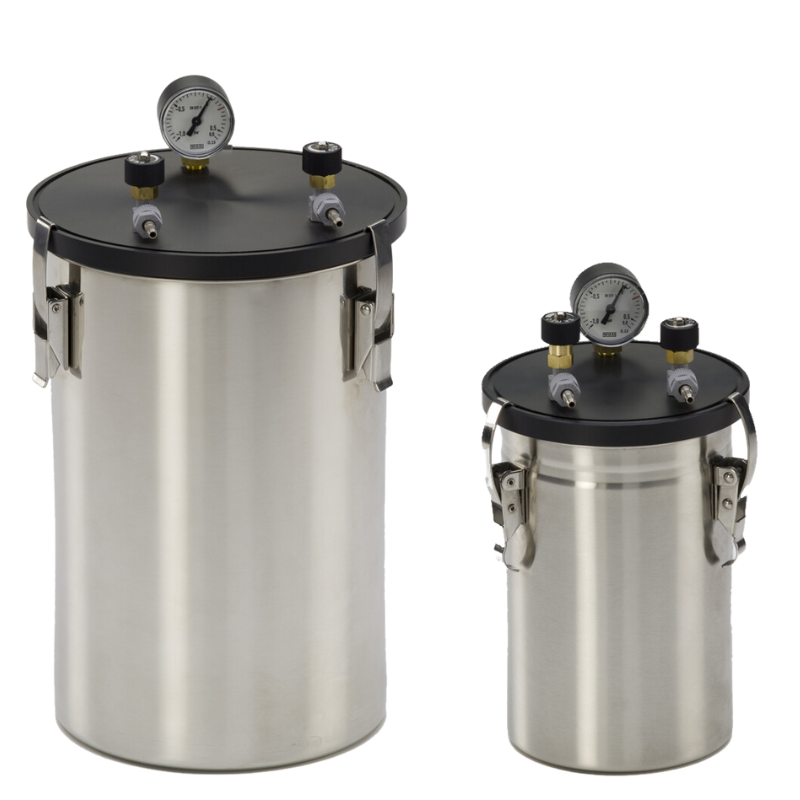Description
Anaerobic Jars with Petri dish rack
1. Evacuating (with vacuum pump) and filling with gas (e.g. nitrogen)
without chemical accessories.
2. Chemical anaerobic systems (GasPacks), available as accessories.
What Are Anaerobic Jars?
Anaerobic jars are essential laboratory tools designed to create and maintain oxygen-free environments for culturing anaerobic microorganisms. These devices are indispensable in microbiology, particularly for researchers working with anaerobic bacteria that thrive in the absence of oxygen. Here’s an in-depth look at anaerobic jars, their applications, and how they work.
Anaerobic jars are airtight containers designed to house Petri dishes or other culture media, ensuring the absence of oxygen during microbial growth. They are used extensively in microbiological studies to cultivate obligate anaerobes—organisms that cannot survive in the presence of oxygen.
These jars are typically constructed from durable materials such as polycarbonate or stainless steel and include a robust sealing mechanism to prevent air from entering once the jar is closed.
How Do Anaerobic Jars Work?
Creating an anaerobic environment in these jars involves the use of specialized systems, such as:
- Gas Generating Sachets: These chemical sachets generate carbon dioxide (CO₂) and absorb residual oxygen (O₂) when activated with water.
- Vacuum and Gas Exchange Systems: Some jars are equipped with ports for vacuuming out oxygen and replacing it with an inert gas, such as nitrogen or carbon dioxide.
- Anaerobic Indicators: To confirm the anaerobic conditions, oxygen-sensitive indicators, like methylene blue or resazurin strips, are placed inside the jar. These indicators change color in the presence of oxygen, ensuring researchers can verify the jar’s internal atmosphere.
Applications of Anaerobic Jars
Anaerobic jars have widespread applications in various fields of microbiology, including:
- Clinical Microbiology: Anaerobic jars are crucial for identifying pathogenic anaerobes involved in infections like gangrene, botulism, and bacterial vaginosis.
- Food Microbiology: These jars help study spoilage bacteria in vacuum-packed foods, enabling the development of safer food preservation techniques.
- Environmental Microbiology: Researchers use anaerobic jars to explore anaerobic microorganisms in soil, sediments, and wastewater treatment systems.
- Pharmaceutical Research: The jars are essential in drug discovery, particularly for antibiotics targeting anaerobic pathogens.
Advantages
– Ease of Use: Anaerobic jars are relatively simple to operate, making them accessible to a broad range of laboratory personnel.
– Compact Design: Their compact nature allows them to fit easily in incubators or benchtops.
– Cost-Effectiveness: Compared to anaerobic chambers, jars are a more affordable solution for laboratories with limited resources.
– Flexibility: These jars can accommodate multiple Petri dishes simultaneously, facilitating comparative studies.







